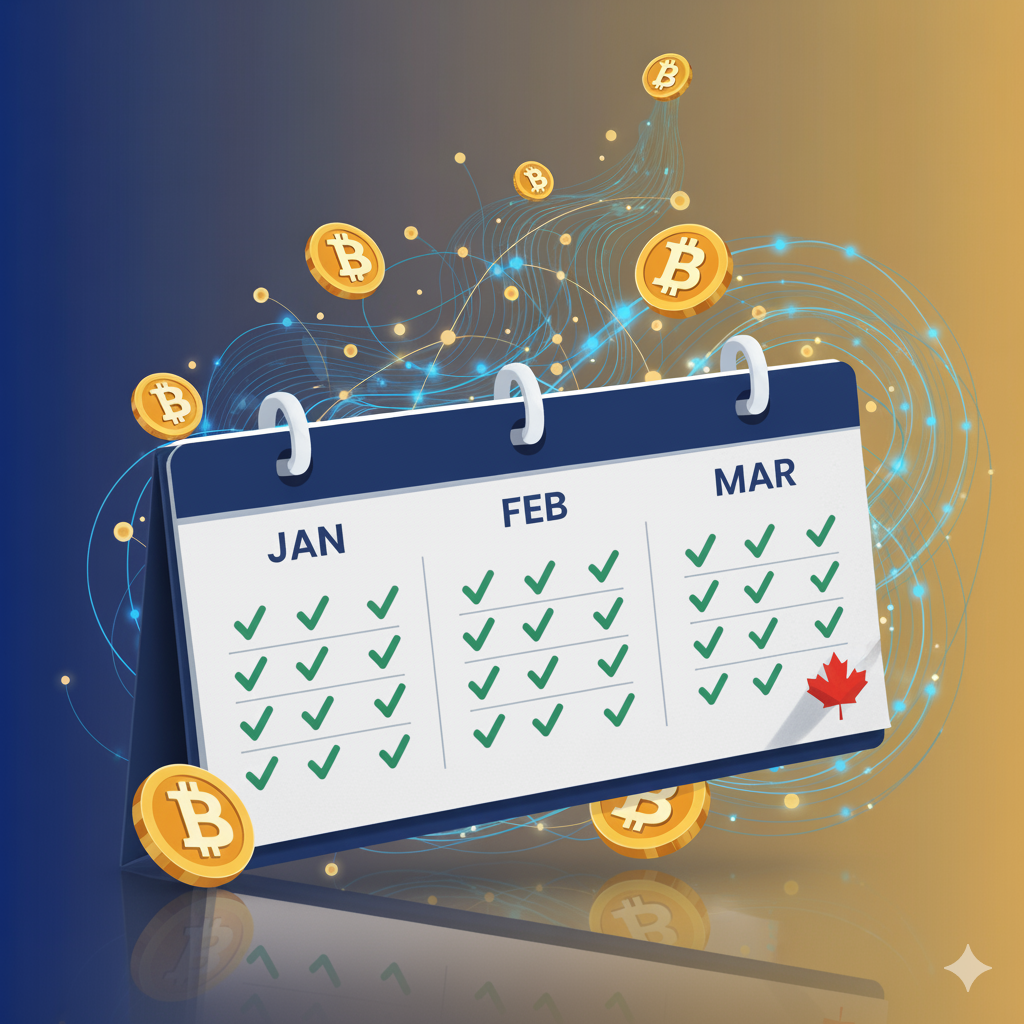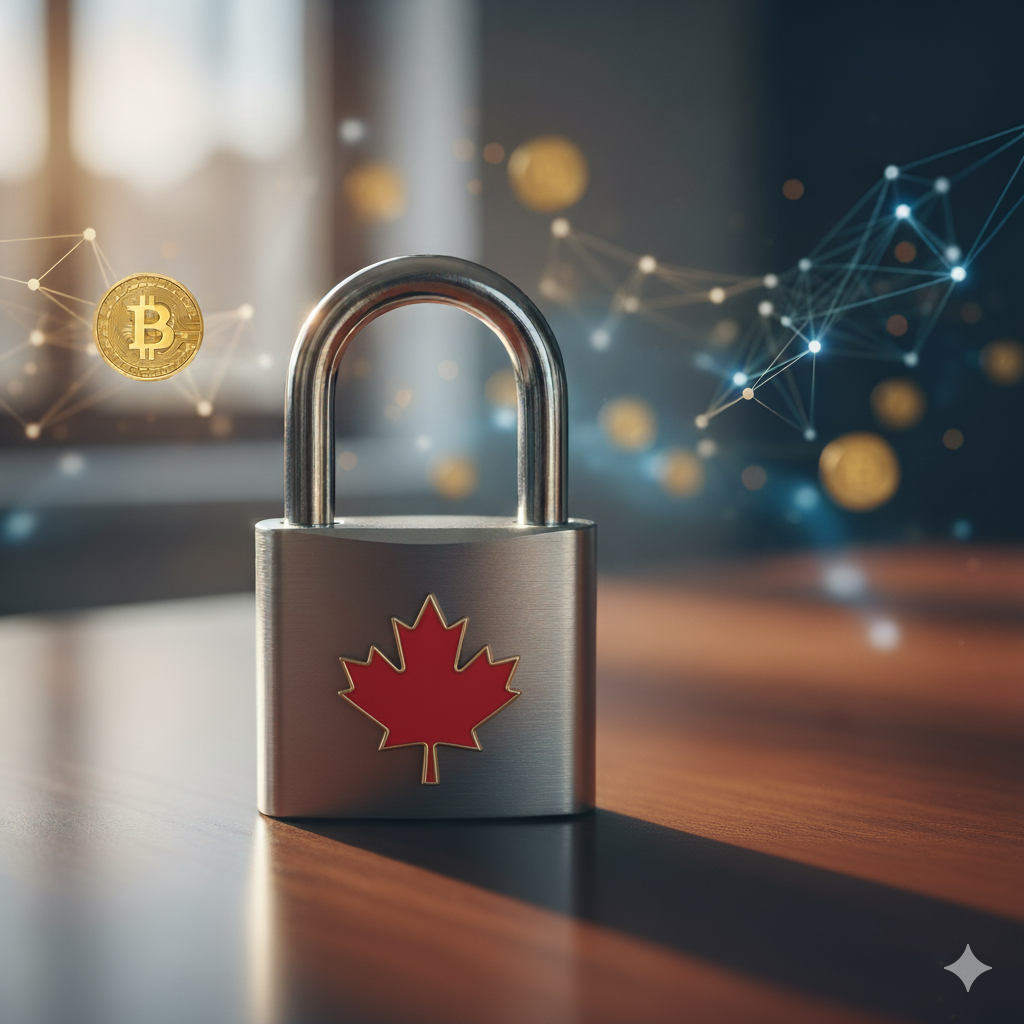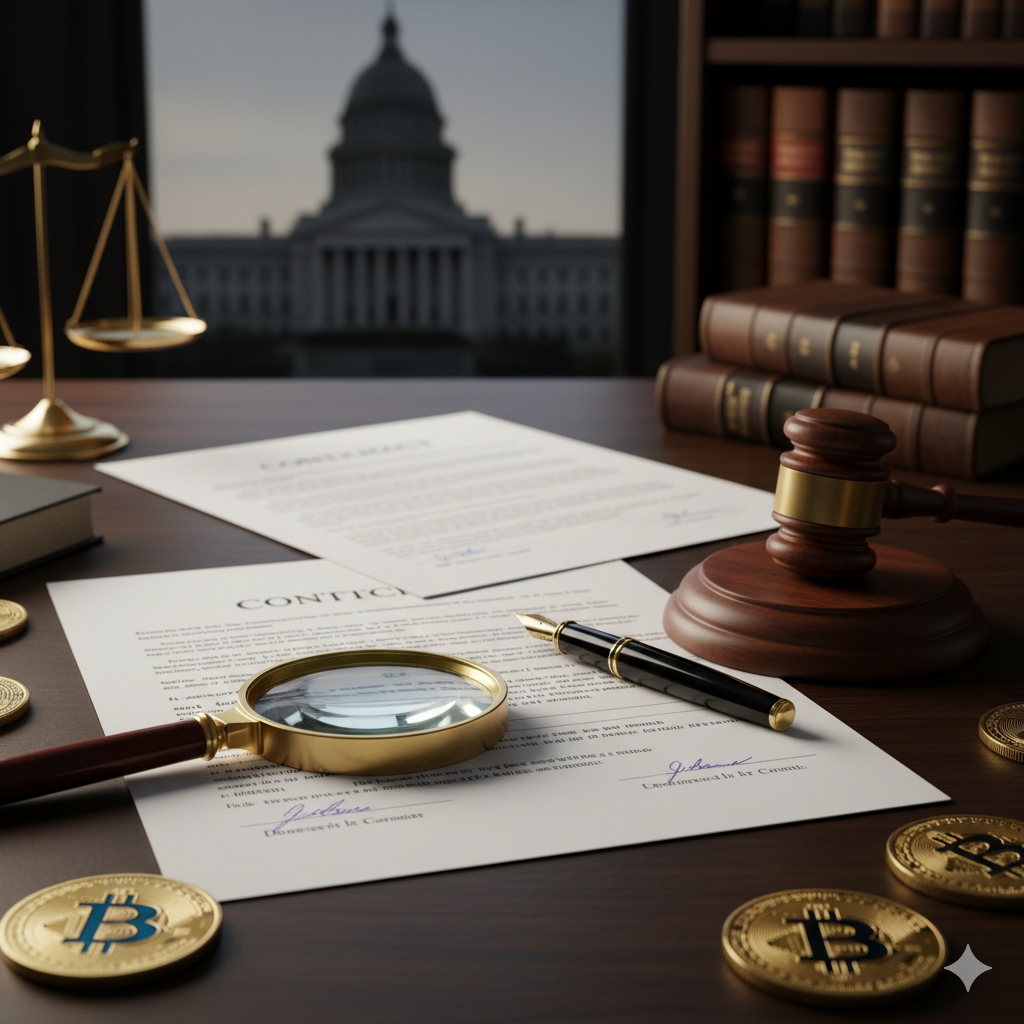Using a strong password is important—but it’s not always enough.
Two-factor authentication (2FA) adds an extra layer of protection to your accounts, especially those connected to Bitcoin. With 2FA, even if someone knows your password, they can’t log in without a second code usually from your phone.
What is 2FA?
2FA stands for two-factor authentication. It requires two things to log in:
- Something you know (your password)
- Something you have (a unique code generated by your phone)
The most common method is using an authenticator app that refreshes your login code every 30 seconds.
Why it matters for Bitcoin users
If you use a platform like 1Bitcoin.ca or any exchange, securing your login is critical. A stolen password could mean stolen funds. With 2FA, your account is far harder to compromise.
Step-by-step: How to enable 2FA
- Download an authenticator app
Recommended apps:
- Google Authenticator (iOS/Android)
- Authy (iOS/Android + backup options)
- Aegis (Android, open-source)
- Google Authenticator (iOS/Android)
- Log into your account
Go to the settings or security section of your Bitcoin platform or app. Look for “Enable 2FA” or “Two-Factor Authentication.” - Scan the QR code
The website will show a QR code. Open your authenticator app and scan it. This connects your app to your account. - Save the backup code
Most platforms provide a one-time backup code. Write it down and store it safely. If you lose your phone, this helps recover 2FA access. - Enter the 6-digit code
Your app will generate a code. Enter it into the site to confirm setup. - Test it
Log out and log back in to make sure it’s working. You’ll now need your phone and the app-generated code each time you sign in.
Tips for better security
- Don’t store your backup code digitally
- Avoid SMS-based 2FA (less secure than authenticator apps)
- Use a separate device or backup app if you can
Why this is worth doing
Enabling 2FA takes just a few minutes, but it protects your account from one of the most common types of attacks. If you’re taking Bitcoin ownership seriously, securing your access points is step one.




